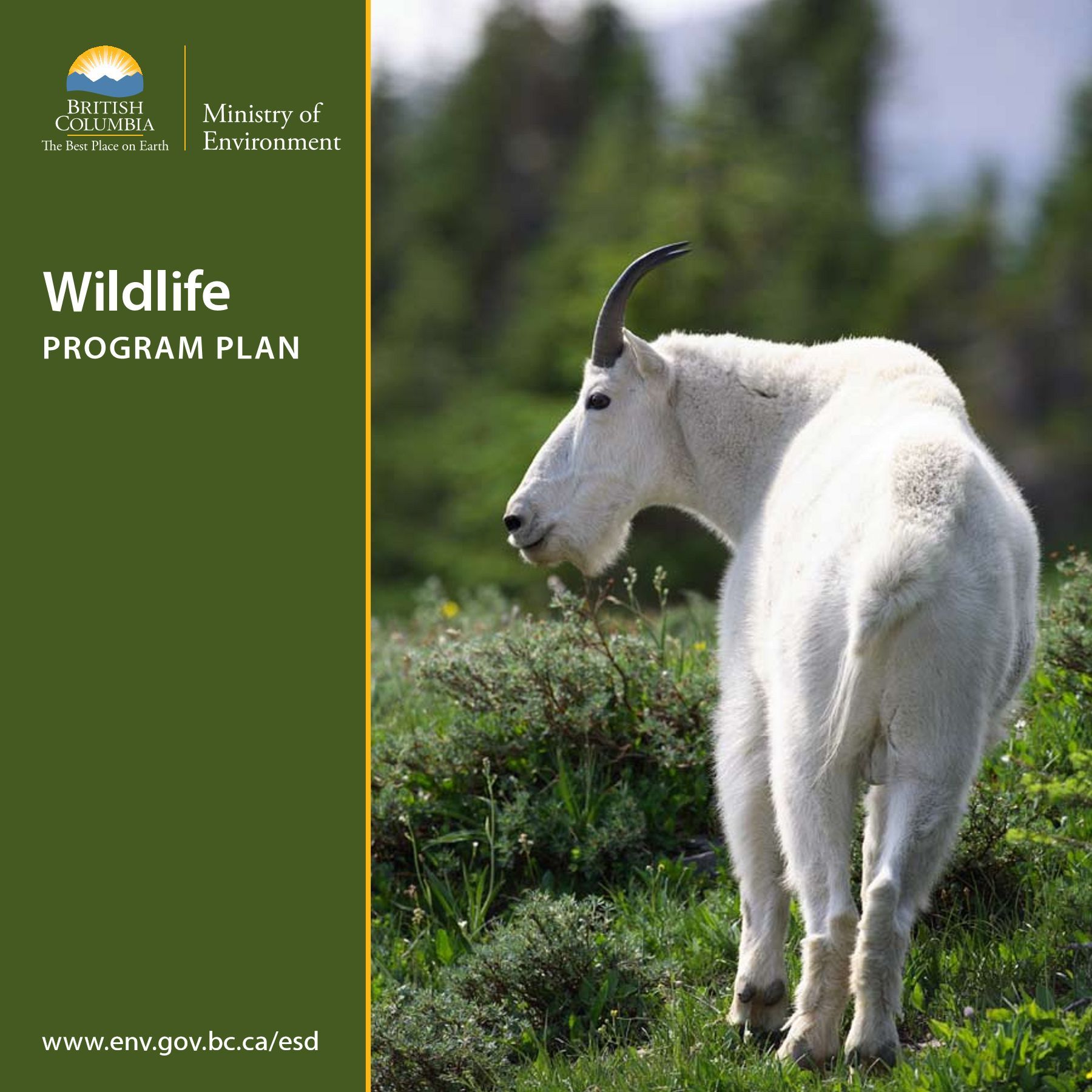ข้อมูลหนังสืออิเล็กทรอนิกส์

Wildlife PROGRAM PLAN
หมวด : การศึกษา
ผู้แต่ง : Wildlife Value Framework
เนื้อหาย่อ : History of Wildlife Management in B.C.
Prior to the European settlement of North America, wildlife
populations were abundant and diverse, and supported the many
needs of the First Nations peoples. The Aboriginal peoples managed
the resource through cultural controls and by using fire to modify
habitat, which improved game abundance and opened up hunting
grounds.
European explorers of western North America wrote extensively
about the plentiful game that was present. They and European
settlers took advantage of this abundance by establishing markets
for fur, hides, and wildlife meat. However, these markets were largely
uncontrolled. This led to dramatic changes in wildlife populations,
including the extirpation of Roosevelt Elk on the Lower Mainland
and Wood Bison in northern B.C. These losses led to increasing
public concern about the state of the resource. It was apparent that
the exploitation of wildlife without limits needed to be changed.
As a result, the public began to advocate for a different model that
had two basic principles: wildlife belongs to everyone and should be
managed so that populations are sustained forever. This formed the
basis of the North American Wildlife Conservation Model, which to
this day, is the wildlife policy that is applied throughout Canada and
the United States.
In British Columbia, wildlife management became organized in 1905
with the establishment of the Department for the Protection of
Game and Forests. Throughout much of the last century, the focus
of wildlife management was on game species and the provision
of hunting opportunities. The first Wildlife Act was passed in 1964.
It later underwent a major rewrite in 1982. Amendments to the
Act continue to be made as management issues change and
government responds to those changes.
In the 1980s, the emergence of issues such as species at risk and
biodiversity conservation led to a broadening of the scope of the
Wildlife Program. In 2002, the federal Species at Risk Act was passed,
and in 2004 the provincial Wildlife Amendment Act was passed. These
acts brought increased attention to the Wildlife Program’s role in the
conservation and recovery of species at risk.
Today, the Wildlife Program is led from a policy perspective by the
Ecosystems Branch and the Fish and Wildlife Branch within the
Environmental Stewardship Division of the Ministry of Environment.
The program is delivered in the field by the Division’s Regional
Operations Branch and regional offices.
Photo courtesy of Kristy Palmantier
Tsilhqot’in guide with Moose, Alces alces
![[title]](http://ebook.openserve.co.th/book_cover/cover_DDE29605.jpg)